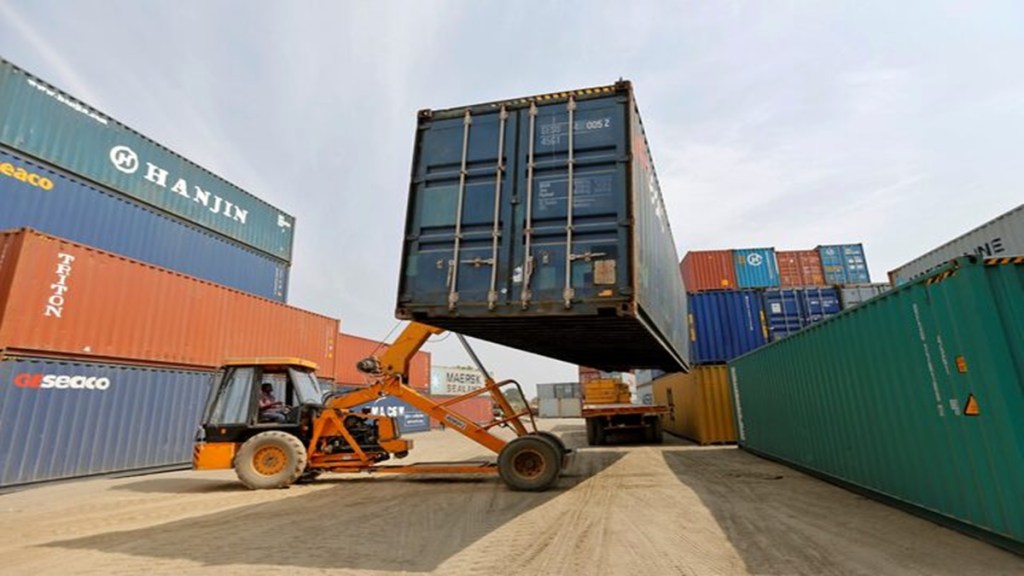By N Chandra Mohan
US President Donald Trump’s much vaunted reciprocal tariff regime kicks in from today, which he termed as liberation day. The four-day Indo-US talks on a mutually beneficial, multi-sector bilateral trade agreement (BTA) last week did not provide any indications as to whether reciprocal tariffs would be imposed on Indian products. Obviously, that depends on whether Trump is satisfied with the tariff offers provided by India. True to form, he continues to blow hot and cold in this regard hinting earlier that “a lot of countries” would receive exemptions. While admitting that both nations had very good trade talks, he reiterated that India is “one of the highest tariffing nations in the world”.
There is no clarity on what reciprocal tariffs entail — whether they are product- or sector- or country-specific — beyond what Trump indicated: “Whatever they tax us, we will tax them. If they do non-monetary tariffs to keep us out of their market, then we will use non-monetary barriers to keep them out of our market.” Does this regime imply that India charges the same tariffs the US does? If so, this would go against the principle of less than full reciprocity for developing countries like India that has been followed in several rounds of World Trade Organization (WTO) negotiations. Or does this regime suggest that the US will also lower tariffs in sectors where it imposes high levies, like apparel and clothing, for instance?
Reciprocal tariffs nevertheless provide considerable leverage to Trump in trade negotiations with countries like India. When India’s commerce and industry minister Piyush Goyal was in Washington in early March for negotiations with US secretary of commerce Howard Lutnick and the United States Trade Representative Jamieson Greer, the list of items on which India’s could offer substantial tariff cuts and greater market access for US goods were considered inadequate. Clearly, the challenge for India is to provide vastly improved offers in goods and market access in its efforts to negotiate the BTA with the US, the first tranche of which is expected to be in place this autumn.
However, the joint statement on the latest round of trade talks does not provide any details in this regard beyond mentioning that both sides expressed satisfaction with the outcome of the negotiations. Sectoral engagements are to start virtually in the coming weeks, paving the way for an early negotiating round in person. Productive discussions took place on increasing market access, and reducing tariff and non-tariff barriers. Both sides reportedly agreed that a fast-track mechanism was needed for early deliverables or quick results from the trade talks. The larger question as to whether all of this would soften the impact of prospective reciprocal tariffs on Indian products is far from clear.
India clearly is on the back-foot with the consistent messaging from the US regarding its high tariffs, especially on automobiles and farm produce. With a sense of urgency, the commerce ministry is engaging with other ministries and stakeholders to resolve these challenging issues. Goyal indicated to India Inc that it should not expect “overprotection” and be ready for easier imports from the US. As if on cue, various industries like gems and jewellery, electronics, and automobiles are pitching for a reduction — in some cases even elimination — of import tariffs to mitigate the impact of US reciprocal tariffs. The auto industry is open to a zero-duty regime but insists on a staggered reduction.
The biggest challenge is opening up farm produce, which has so far been a red line for the government as well as outfits like the Swadeshi Jagran Manch. In a recent media event in March, Lutnick indicated that agricultural products must be on the table and that flexible strategies including setting quotas could be adopted to address sensitivities. Experts like Ashok Gulati argue that the sector is not as vulnerable as popularly believed, as 80% of India’s agriculture is reasonably competitive. The US exports soya bean, maize, cotton, and food preparations on which we levy high tariffs. India could negotiate tariff rate quotas and provide access for US farm produce, he added.
For all the speculation on the contours of the BTA, Lutnick certainly has no confusions in this regard. “India’s market has to open up,” he said, adding that the need is for a “macro, large-scale, and broad-based agreement”. Nothing is off the table. The BTA in-the-making is not limited to averting reciprocal tariffs but also addressing intellectual property rights, data protection, government procurement, and labour standards. Incorporating these into the BTA should not be a problem as India is already dealing with these issues in its free trade agreement negotiations with other developed nations like the UK and the European Union.
Whether the BTA ends up as a version of the US-Japan mini trade deal of 2019 that sidestepped enshrined WTO principles — notably, that trade between nations must be conducted on a non-discriminatory or most favoured nation basis — remains to be seen. The art of the trade deal entails India properly doing its homework for its putative trade deal. India must show accommodation on specific products of interest to the US while firmly defending its national interests.
The writer is an economics and business commentator based in New Delhi.
Disclaimer: Views expressed are personal and do not reflect the official position or policy of FinancialExpress.com. Reproducing this content without permission is prohibited.

